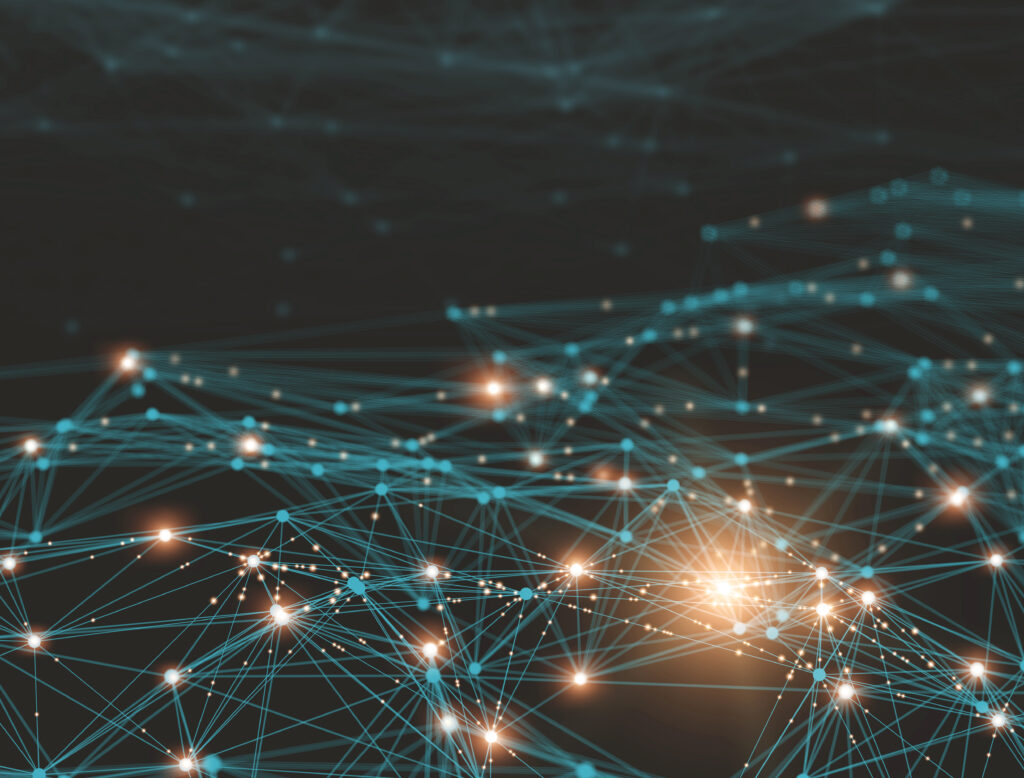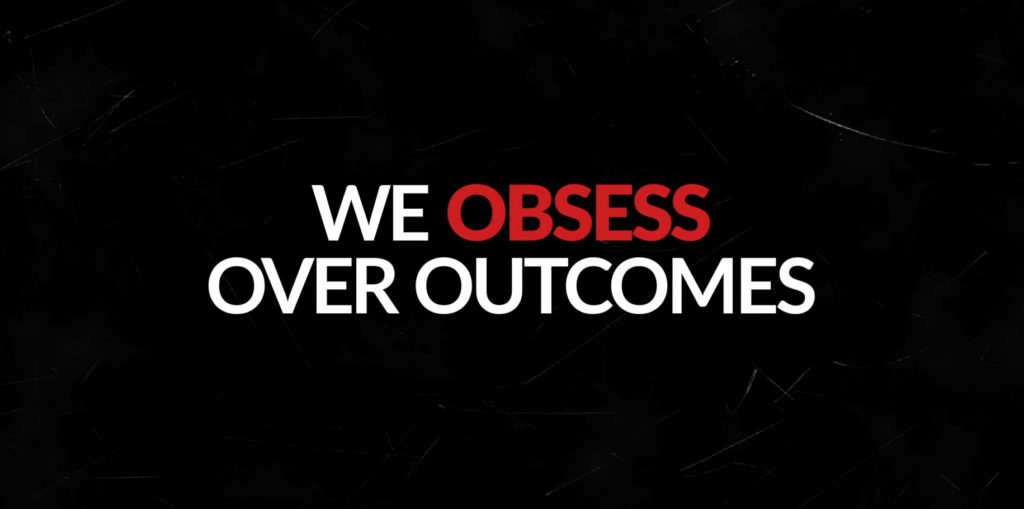On March 14th, OpenAI announced the launch of ChatGPT-4, the latest and most advanced iteration of its generative pre-trained transformer series. GPT-3.5, the previous version released in 2020, was a groundbreaking language model boasting 175 billion parameters. It was widely acclaimed for its ability to generate coherent and natural language, performing various natural language processing (NLP) tasks such as language translation, summarization, question-answering, and creative writing. The new ChatGPT-4 brings about significant advancements in input size, cross-referencing capabilities, image input, and safety and reliability features.
So what’s new?
The first notable improvement in ChatGPT-4 is its ability to process up to 25,000 words. This enhancement is particularly significant when asking the model to cross-reference two large works. For instance, users can now input two lengthy articles and ask the model to find similarities between them. The model also demonstrates increased creativity in its output. During the livestream demonstration, ChatGPT-4 summarized two long articles using only words beginning with the letter “A.” While entertaining, this example highlights the model’s advanced capabilities compared to GPT-3.5.
Unlike GPT-3.5, which only accepts text input, ChatGPT-4 can now process images as well. This enables the model to understand and generate content based on both text and visuals. In the livestream, we witnessed the model analyzing an image and describing it in painstaking detail. AI Strategist Brian Flanagan believes this feature is powerful, as it allows for “more human-like interactions with AI because you can interact with it in multiple modalities. Instead of describing something, you can just show the AI.”
With a denser neural network than its predecessor, ChatGPT-4 has more connections between its parameters, resulting in increased efficiency and effectiveness in learning and processing natural language. Alongside its enhanced capabilities, ChatGPT-4 also features improved safety and alignment measures, making it less likely to produce harmful or biased content. This positions ChatGPT-4 as a more trustworthy and responsible tool than GPT-3.5.
Limitations
However, this technology is not without limitations. OpenAI acknowledges that ChatGPT-4 still faces challenges with social biases, hallucinations, and adversarial prompts, which were issues in previous versions. Despite these shortcomings, OpenAI remains committed to addressing them and acknowledges that the current state is far from the end goal.
Starting today (March 14th), ChatGPT Plus subscribers can access ChatGPT-4, while developers can join the waitlist. Described as achieving the “best ever results” with over 100 trillion parameters and more capabilities than ever before, ChatGPT-4 is a game-changer for industries and domains relying on natural language processing and generation. We look forward to helping businesses explore the ever-evolving world of Artificial Intelligence.





Leave A Comment